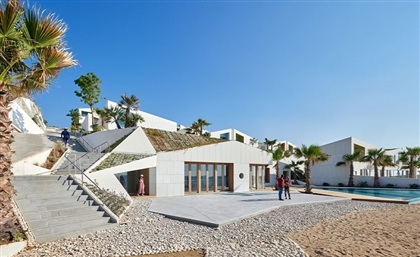The Nilometer: How Egyptians Predicted the Future in Rhoda Island
An octagonal marble column was used to measure the Nile’s water levels in an interior crowned by an Islamic dome.
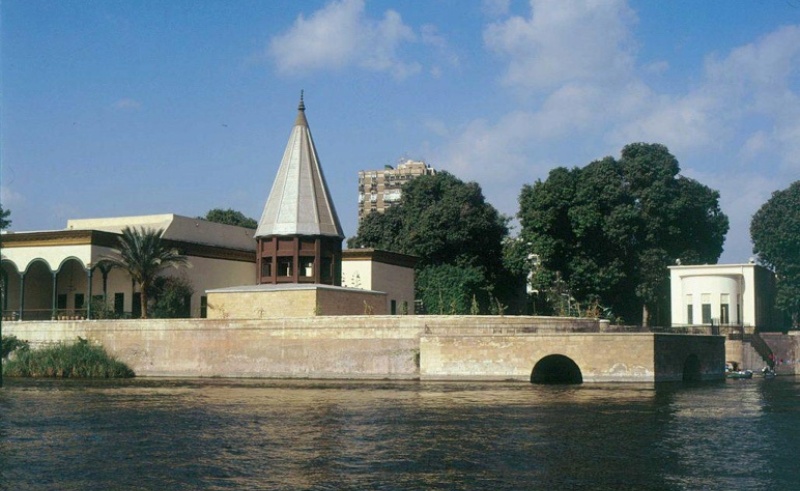
The distance from the tip of your middle finger to your elbow makes a cubit, an ancient Egyptian unit of measurement used in many fields but perhaps more existentially in Nilometers, which are architectural instruments created to measure the Nile’s water levels and predict its future behaviour. They come in different types but all serve the same purpose: tell Egyptians whether to expect a famine or a flood.
 On Rhoda Island, you’ll find one hidden underneath a lean cone which replaced a Mamluk dome in 1925. Inside, an Abbasid stone interior is crowned by ornate carvings and centred by an octagonal marble column marked with cubits to measure the Nile’s levels. The central pillar is kept in place by a wooden beam and flights of stairs curve around walls graced with one of the oldest Kufic inscriptions in Egypt.
On Rhoda Island, you’ll find one hidden underneath a lean cone which replaced a Mamluk dome in 1925. Inside, an Abbasid stone interior is crowned by ornate carvings and centred by an octagonal marble column marked with cubits to measure the Nile’s levels. The central pillar is kept in place by a wooden beam and flights of stairs curve around walls graced with one of the oldest Kufic inscriptions in Egypt.
 The Nilometer in Rhoda Island dates back to 861, when caliph Al Mutawakkil ordered its construction to be overseen by famed astronomer Alfraganus. Stone blocks encircle the mediaeval well as the thickness increases at greater depths and the layout changes from a square to a circular base. That said, the importance of this structure goes beyond its decorations and details. It’s all about the function.
The Nilometer in Rhoda Island dates back to 861, when caliph Al Mutawakkil ordered its construction to be overseen by famed astronomer Alfraganus. Stone blocks encircle the mediaeval well as the thickness increases at greater depths and the layout changes from a square to a circular base. That said, the importance of this structure goes beyond its decorations and details. It’s all about the function.
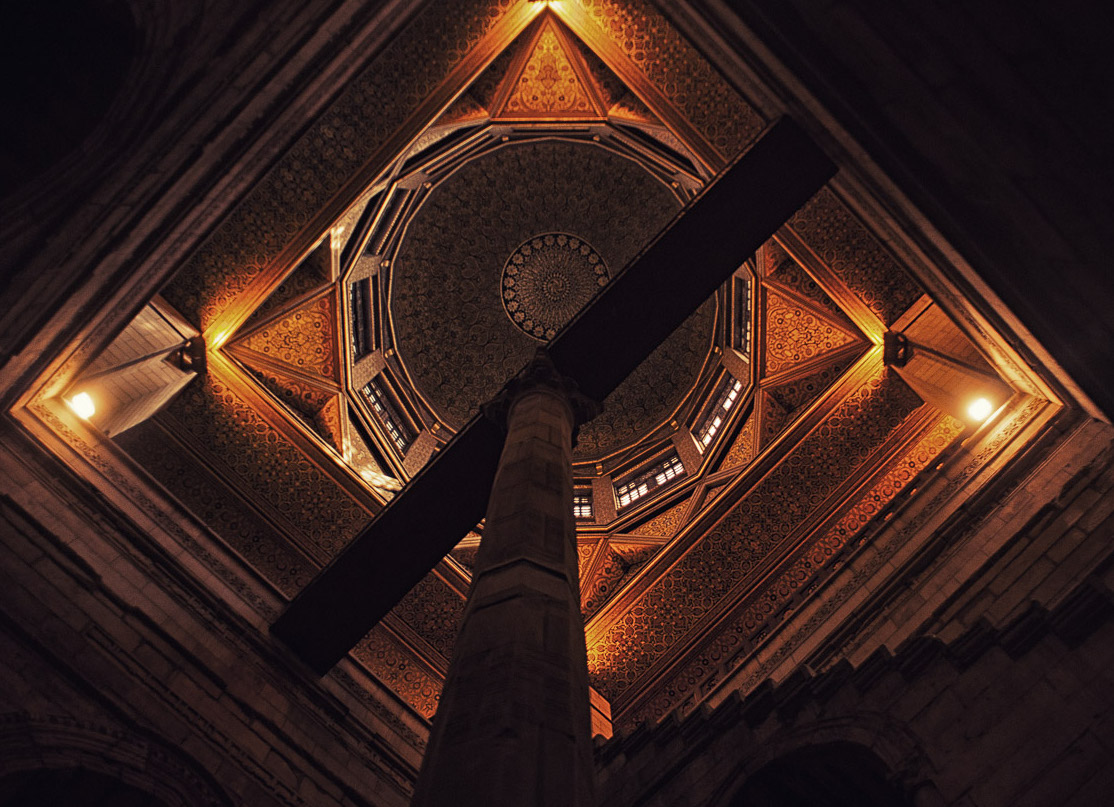 Egypt is the Nile and the Nile is Egypt. These words have been spoked for ages and still remain true today. Filled with rich minerals and fertile black silt, the Nile brought in endless amounts of water from the African interior which would burst unto the banks during floods and seep into the adjacent soil. Despite being an integral part of this agricultural cycle, there are two sides to the annual inundation of the Nile.
Egypt is the Nile and the Nile is Egypt. These words have been spoked for ages and still remain true today. Filled with rich minerals and fertile black silt, the Nile brought in endless amounts of water from the African interior which would burst unto the banks during floods and seep into the adjacent soil. Despite being an integral part of this agricultural cycle, there are two sides to the annual inundation of the Nile.
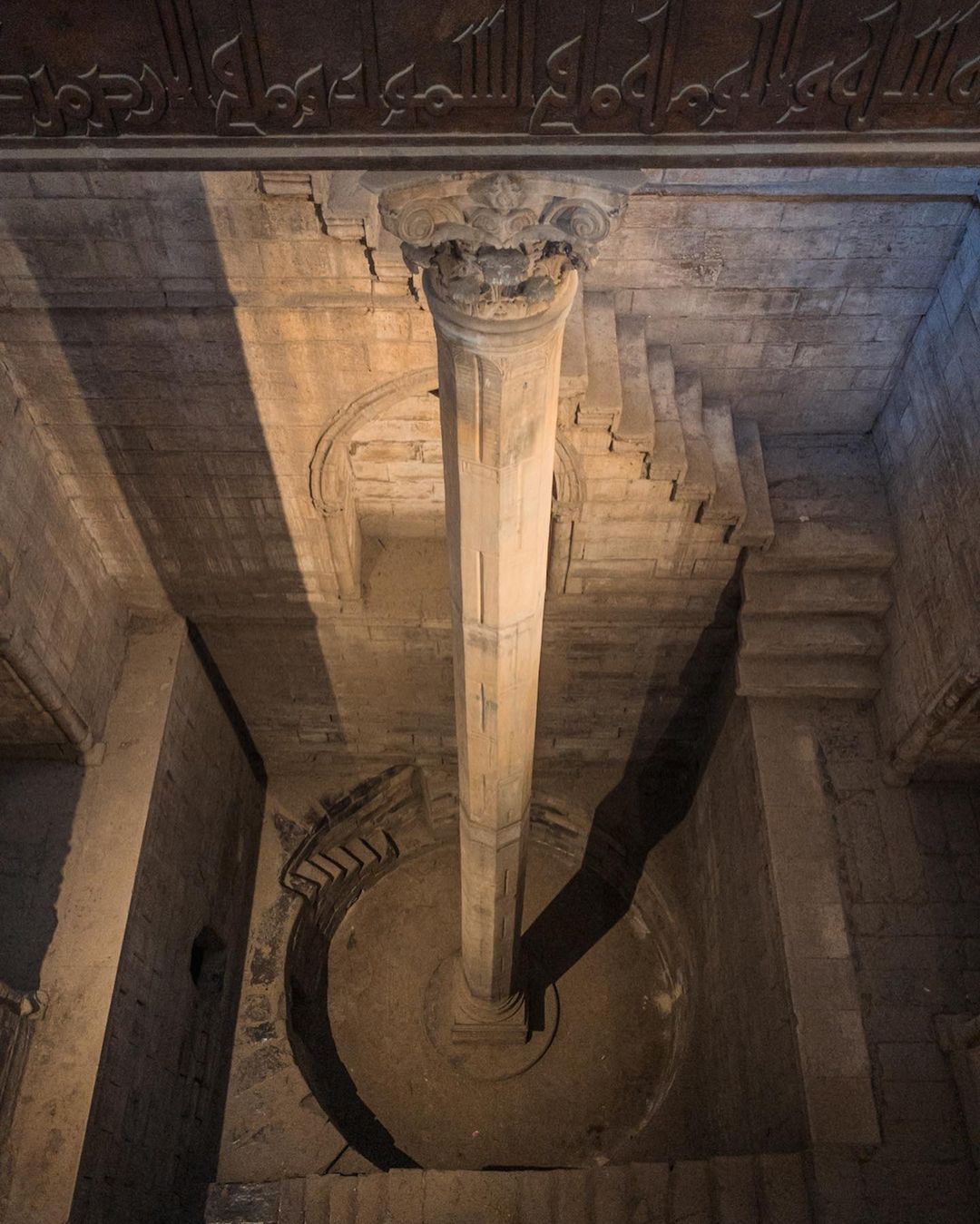 Egyptians had to live with the morbid reality of not being able to tell whether to expect a drought or a disaster. Light inundation would cause and too much would cause desolation. Thankfully, Egyptians were brilliant inventors. Faced with this conundrum of life and death, they created Nilometers. And as you can imagine, being able to predict the Nile’s behaviour came with its mystique.
Egyptians had to live with the morbid reality of not being able to tell whether to expect a drought or a disaster. Light inundation would cause and too much would cause desolation. Thankfully, Egyptians were brilliant inventors. Faced with this conundrum of life and death, they created Nilometers. And as you can imagine, being able to predict the Nile’s behaviour came with its mystique.
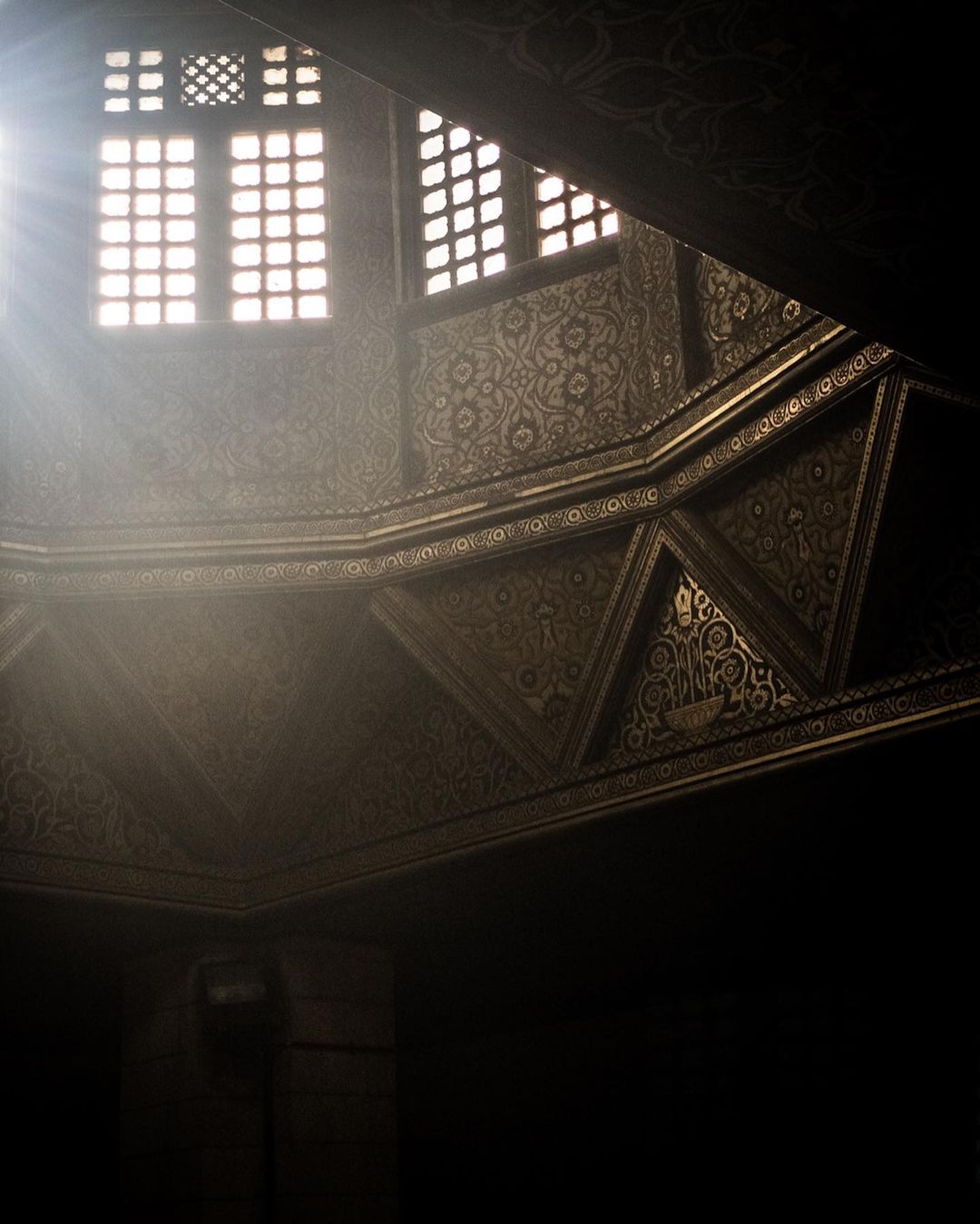 Being able to predict future conditions impressed the public and eased the collection of taxes based on flood assumptions. Hence, many nilometers were built in temples for that added air of mystery. There are three main types of nilometers. As seen in Rhoda Island, the first features a column submerged in water. The second has a flight of stairs leading into the water such as the one on Elephantine Island, Aswan, and the third funnels water through a canal.
Being able to predict future conditions impressed the public and eased the collection of taxes based on flood assumptions. Hence, many nilometers were built in temples for that added air of mystery. There are three main types of nilometers. As seen in Rhoda Island, the first features a column submerged in water. The second has a flight of stairs leading into the water such as the one on Elephantine Island, Aswan, and the third funnels water through a canal.
-bdb4f699-a9d3-4fb6-bcd8-140551013ef4.jpg) The construction of the Aswan dams eventually made these ancient structures functionally redundant. Yet they still remain a brilliant example of ancient architecture that is quintessentially Egyptian. Plus, it’s not common to be able to visit an instrument. The openings at its base were shut off, so when you do visit it, you can get all the way down and look up to see an ancient Egyptian instrument crowned by an Islamic dome.
The construction of the Aswan dams eventually made these ancient structures functionally redundant. Yet they still remain a brilliant example of ancient architecture that is quintessentially Egyptian. Plus, it’s not common to be able to visit an instrument. The openings at its base were shut off, so when you do visit it, you can get all the way down and look up to see an ancient Egyptian instrument crowned by an Islamic dome.
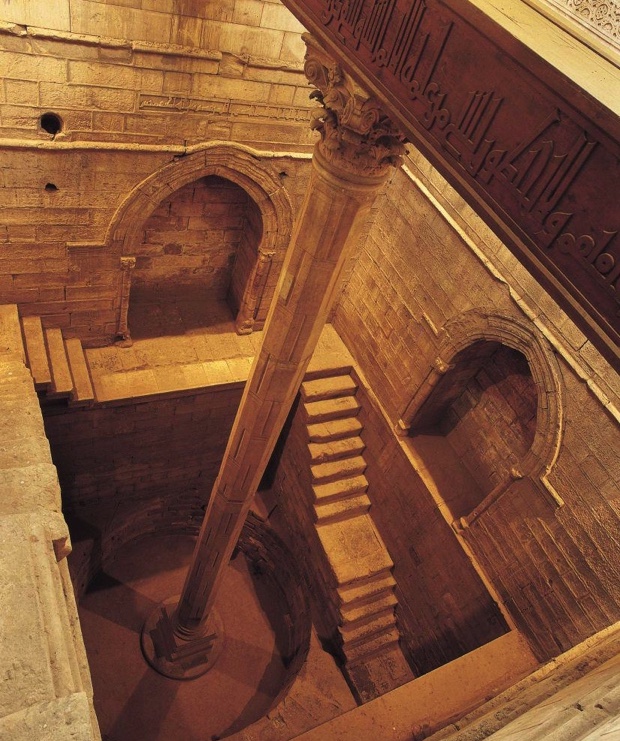 Photography Credit: Hesham Abdull Atty, Michal Huniewicz
Photography Credit: Hesham Abdull Atty, Michal Huniewicz
- Previous Article Italian-Palestinian Duo No Input Debuts Eponymous Electro EP
- Next Article Travel Across History on Egypt's Most Iconic Bridges









